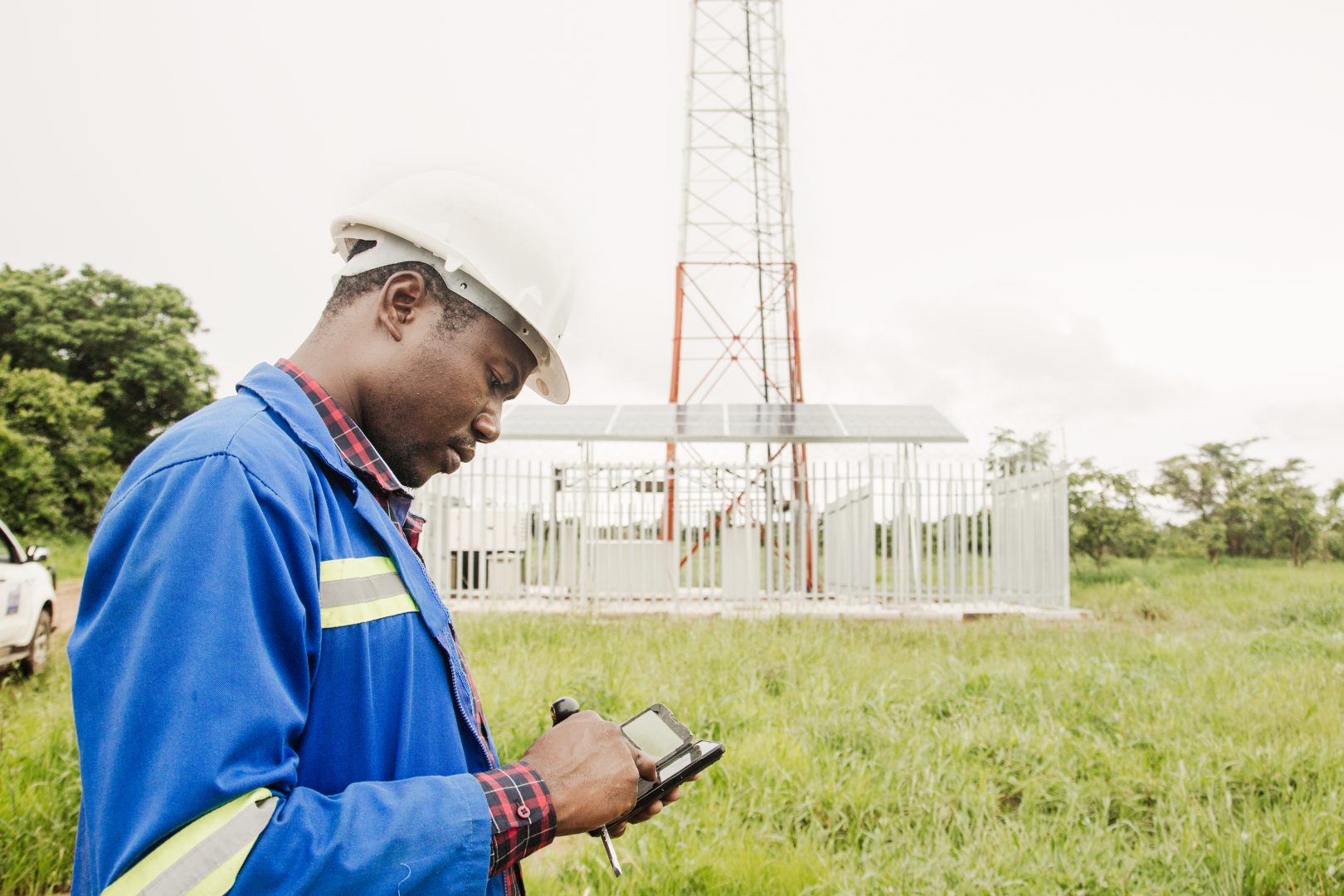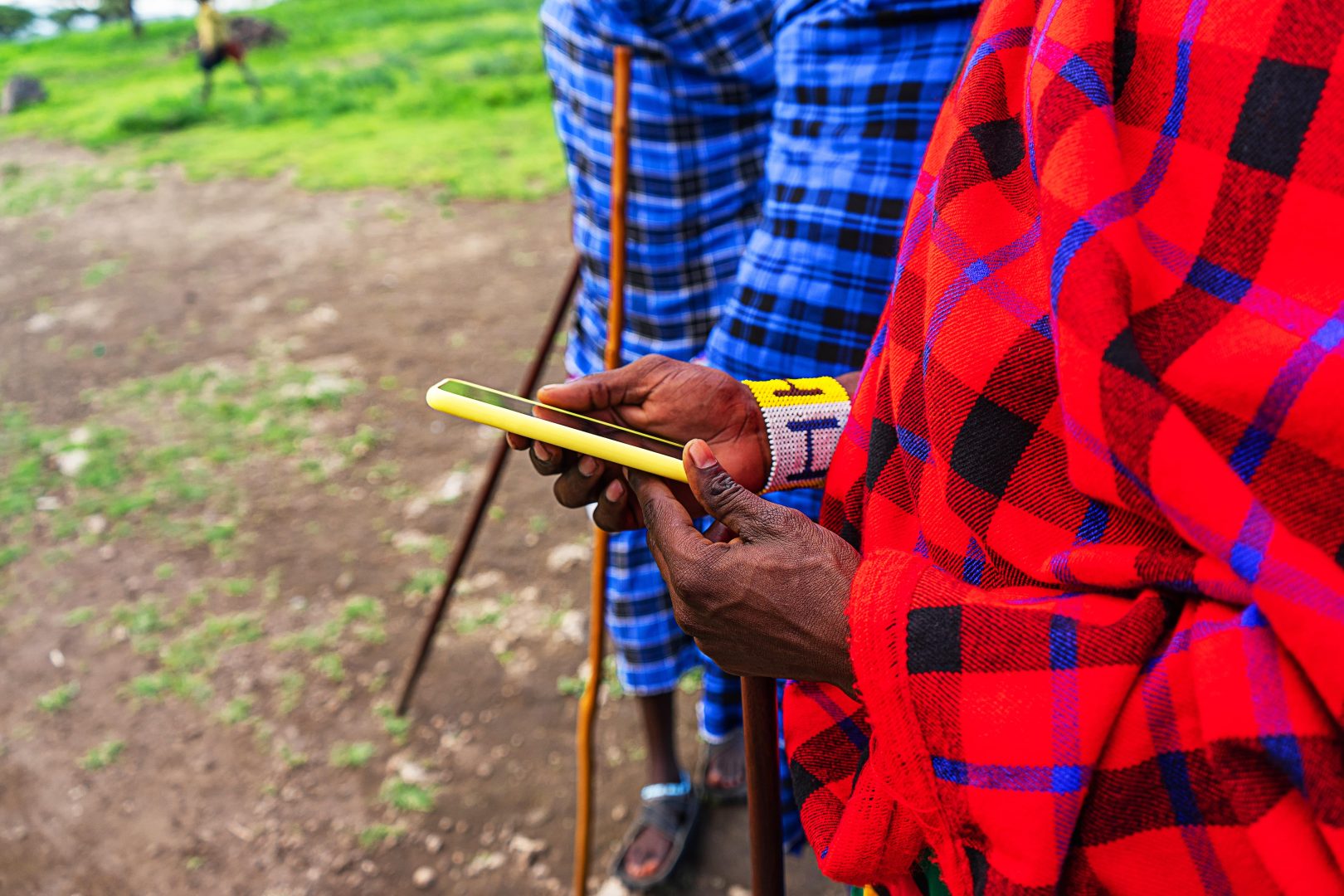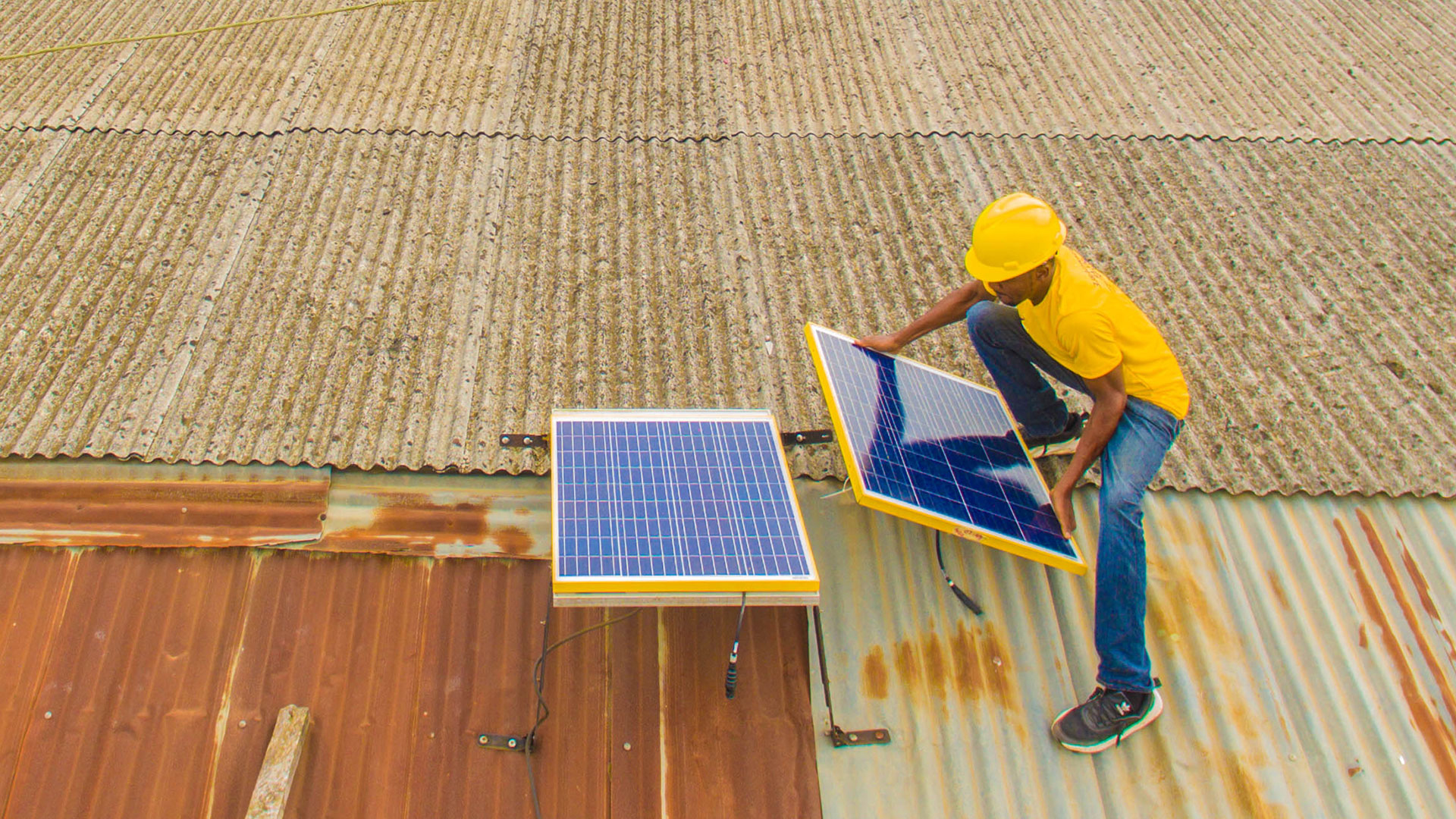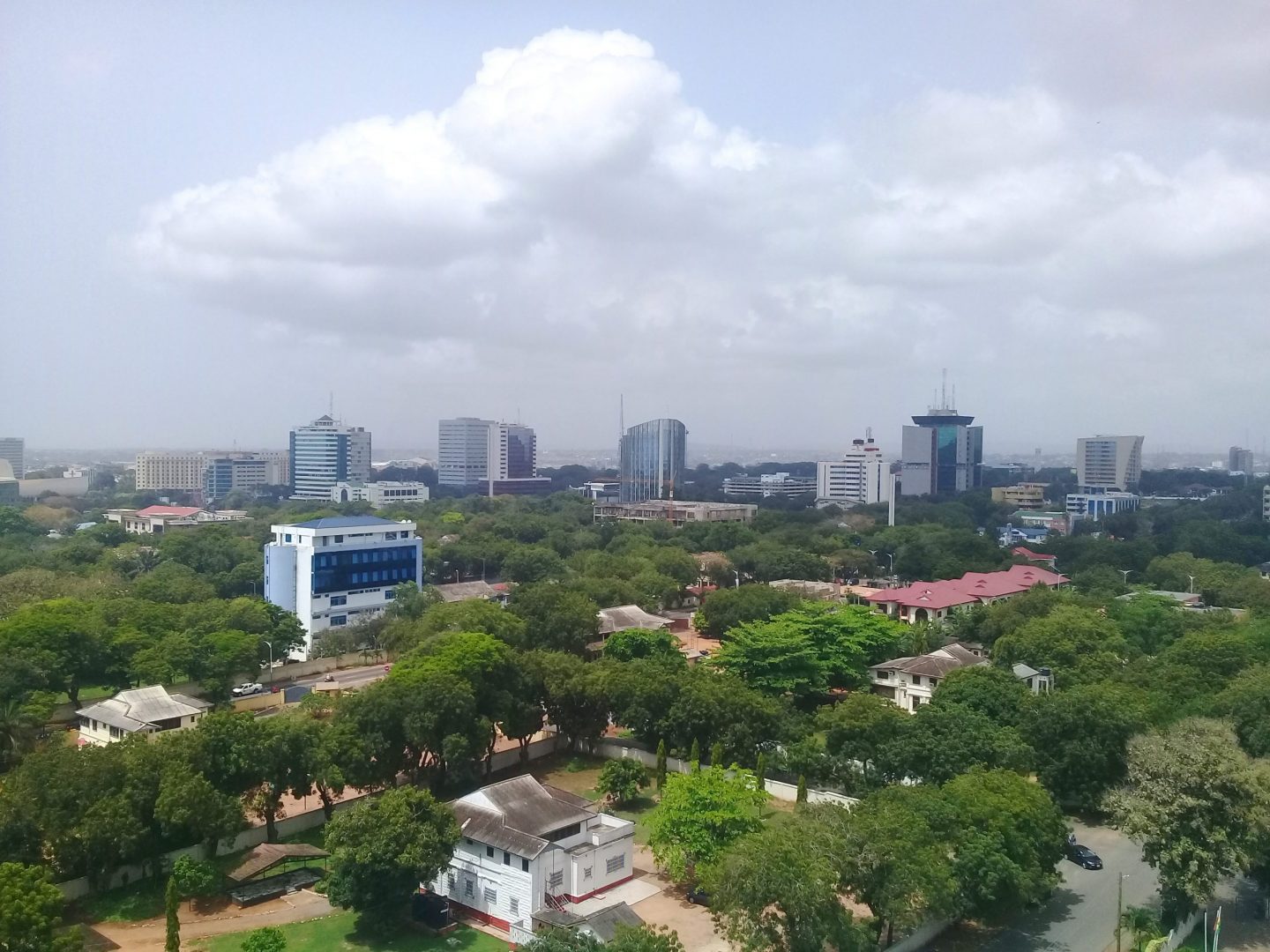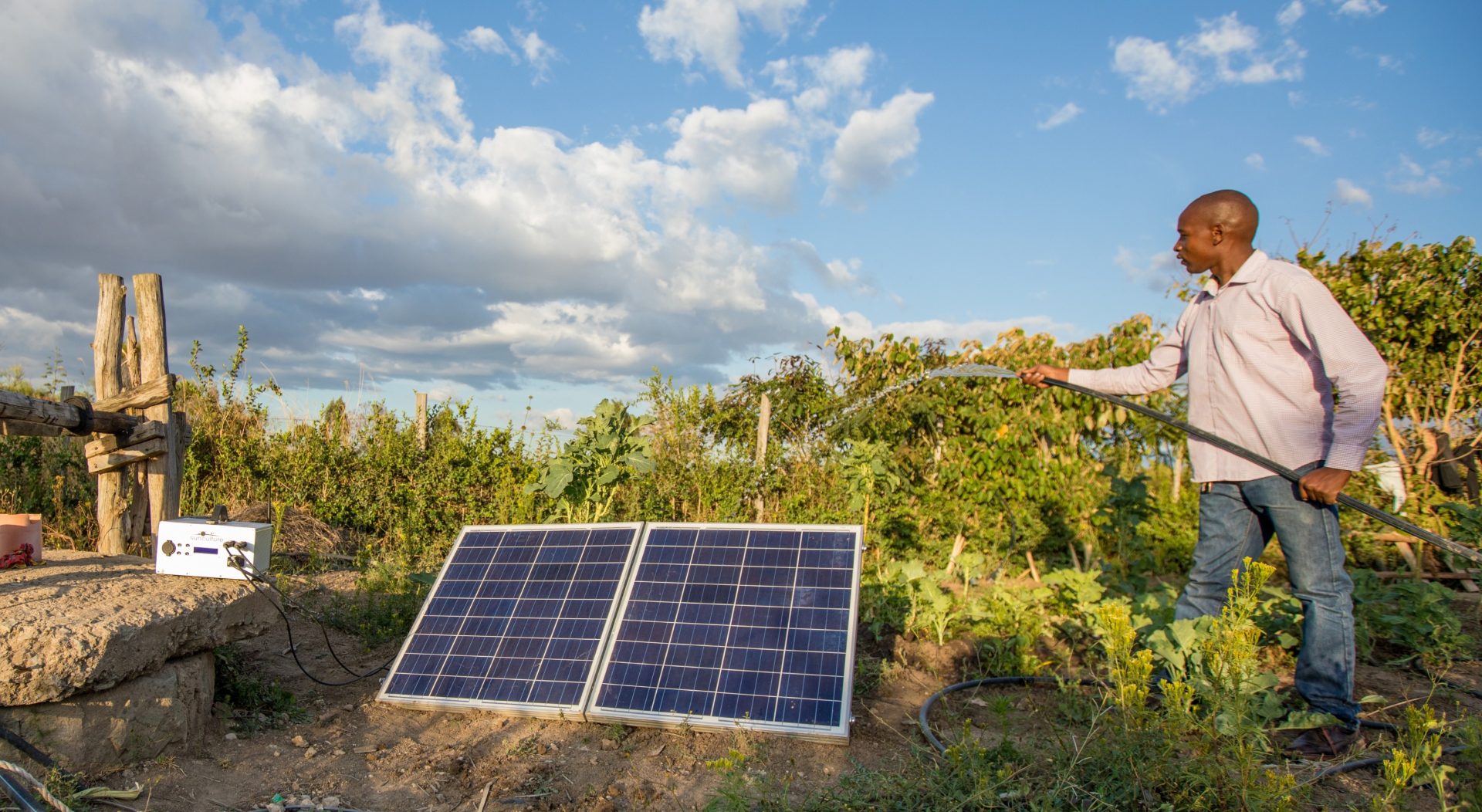How to make successful connectivity investments in emerging economies
A group of men stand idly by the side of a busy highway in the baking heat and dust. Eventually, a minibus taxi pulls up and the men get in to begin their journey to work. They spend hours every day waiting patiently for their ride to arrive. It is a familiar scene played out in developing countries across the world.
“As soon as wireless internet comes along, these groups disappear,” says Abhinav Sinha, Investment Director at CDC. “They now all belong to a WhatsApp group, so they know exactly when their ride is on its way. No more waiting around. No more wasted hours standing on the side of the road.”
Sinha is part of the team responsible for our connectivity (digital communications) investments. These include our recent $180 million equity investment in Liquid Telecom, the largest independent fibre and cloud provider in Africa.
These investments follow a long history in investing in connectivity. We’ve been a pioneer in mobile telecoms in Africa since our investment in Celtel more than two decades ago – a time when institutional investors considered the African market either unimportant or too difficult to navigate. When we sold our stake, Celtel had 8 million customers in 13 different African countries.
Evidence shows that improvements in connectivity can drive impact by enabling economic and social development. In our recent report, “What is the impact of investing in connectivity?”, Dr Pantelis Koutroumpis, Lead Researcher of Oxford Martin Programme on Technological and Economic Change at the University of Oxford, highlights studies which show that investment in connectivity contributes to development by enabling job creation, GDP growth and positive social outcomes.
For example, depending on the study, a 10 per cent increase in broadband penetration in an emerging economy results in GDP growth of between 1 and 2 per cent. A 1 per cent increase in internet users is correlated with a boost in exports of 4.3 per cent, according to a study of 27 developed and 66 developing economies. And critically, African firms using the internet have 3.7 times higher labour productivity than non-users, according to the World Bank.
The power of being connected
But we’re not just drawing on data – we’re also learning from our experiences. Sinha sees first-hand the profound impact that connectivity has for consumers and businesses in emerging markets – an impact that often surpasses the measurable results seen on balance sheets and GDP data.
Which brings us back to the labourers waiting on the side of the dusty highway.
“The report by Dr Koutroumpis shows that connectivity penetration improves GDP by a few percentage points. But I think the on-the-ground impact can be greater than that. With data connectivity, people do not need to spend hours every day working out where their labour is needed,” says Sinha.
“And I see small vendors in places like Kenya, India, Nigeria and other countries take payments on a mobile (Dr Koutroumpis’ report references the fact that two-thirds of adults in Kenya, Rwanda, Tanzania and Uganda actively use mobile money such as M-Pesa). If someone wants to buy three days of solar power – they can simply make a payment on their mobile. That sort of transaction makes a massive difference to productivity.”
Once connectivity is in place, service providers of all types spring up to take advantage of the bandwidth opportunities. The creation of this digital ecosystem is a key objective for us when we make connectivity investments; it spurs entrepreneurship, innovation, new business models and job creation.
“The birth of services wrapped around the new infrastructure and creating local talent pools are great outcomes of connectivity investments. High quality jobs can sustain large populations. That is the key thing we want to leave behind,” says Sinha.
Considerations for successful investing
Through our experiences so far, we’ve identified several factors to consider for investors looking to make a connectivity investment in emerging economies.
One of the first things to assess is the regulatory environment in a country. Given significant upfront capital investment, an unpredictable regulatory environment or one that does not facilitate growth of the sector can be problematic. For example, a regulator that caps pricing at very low levels or doesn’t facilitate infrastructure sharing can make it harder for a telecoms business to achieve success.
Another consideration is when, and where, along the value chain, to invest. For example, from our perspective, being an early investor in fibre can enable an attractive yield in the long-term. Fibre provides the foundations that allow for a wide range of services to emerge. And fibre is a long-lasting technology. Copper cables were used for telecoms for 70 years and fibre is expected to have a comparable lifespan, meaning investments are likely to pay out over several decades.
Finally, would-be investors should be constantly mindful of foreign exchange fluctuations, particularly in emerging economies that tend to have volatile currencies: “The cost structure for deals is nearly always (US) dollar based, but your revenue model is local currency driven. Therefore, deep knowledge on local economic conditions is absolutely key,” says Sinha.
Challenges of understanding impact
But despite all the knowledge we’ve gained so far about investing in connectivity, there are still remaining challenges in understanding the impact of these investments. Dr Koutroumpis’ report highlights the complexities of measuring impact in emerging markets.
He states: “Understanding the impact of connectivity is a deeply regional exercise. There is no one-size-fits-all approach in these investments as local context, the skills and culture of the population, local institutions and the openness to international trade can all have a significant effect on the impacts of connectivity.”
The report also highlights the fact that availability of digital communications networks does not automatically mean these services will be adopted by consumers or businesses in specific emerging markets.
Because of this need to understand more about exactly who benefits from connectivity investments, and how they benefit, we’ve embarked on a project with Liquid Telecom in the Democratic Republic of Congo to understand the impact of operationalising a currently dormant fibre network. We’re collecting baseline data before the project begins, and measuring the impact on households, businesses, and people’s lives after they’ve received access to quality internet provision.
It’s this further understanding that will develop our future connectivity investments, helping us to make those investments that maximise our impact.
“What is the impact of investing in connectivity?”, by Dr Pantelis Koutroumpis, can be found here.
Insight is our series of practical lessons on private sector investment and development, based on our experiences. Sign up to our monthly newsletter.
